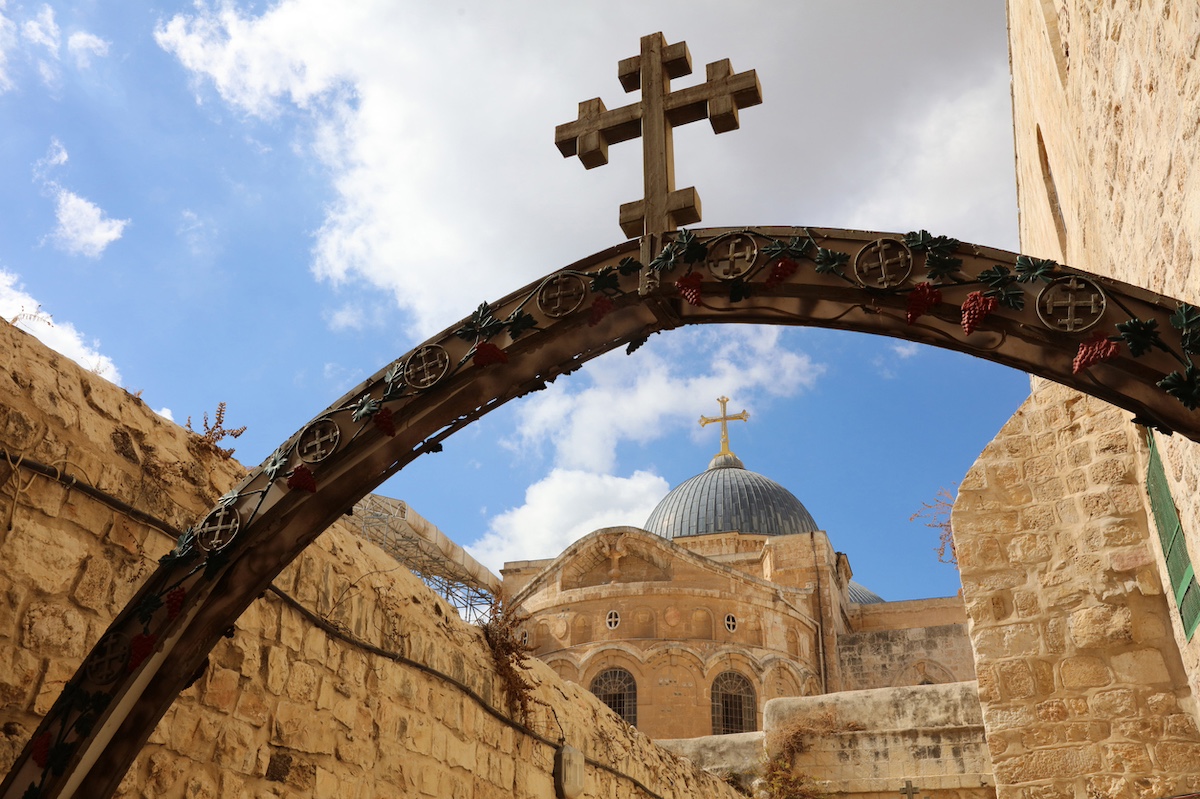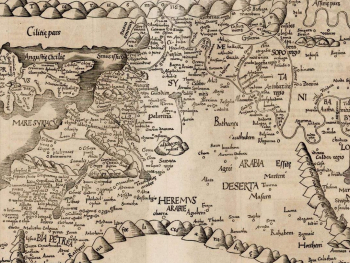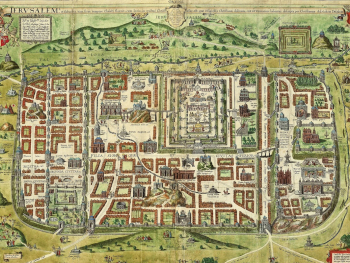Christianity, with its rich history spanning over two millennia, has left an indelible mark on the landscapes of the world. From humble beginnings in the ancient Near East to becoming a global phenomenon, the faith has given rise to countless sacred sites that hold deep spiritual significance for millions of believers. These sites, ranging from ancient churches to natural wonders, serve as tangible reminders of the enduring power of Christian faith and its impact on both individuals and societies. Join us as we embark on a journey to explore some of the most iconic sacred sites of Christianity and the stories they tell.
- The Holy Land: No exploration of Christian sacred sites would be complete without a journey to the Holy Land, the birthplace of Christianity. From the ancient streets of Jerusalem to the shores of the Sea of Galilee, this region is steeped in biblical history and tradition. Sites such as the Church of the Holy Sepulchre, believed to be the location of Jesus' crucifixion and resurrection, and the Church of the Nativity in Bethlehem, marking the birthplace of Jesus, draw pilgrims from around the world seeking to walk in the footsteps of their faith.
- The Vatican City: As the seat of the Roman Catholic Church, the Vatican City holds a special place in the hearts of Christians worldwide. Home to St. Peter's Basilica, the largest church in the world, and the Vatican Museums, which house priceless works of art and religious artifacts, this tiny city-state is a pilgrimage destination for Catholics seeking to connect with the heart of their faith. The Sistine Chapel, adorned with Michelangelo's iconic frescoes, is a testament to the beauty and grandeur of Christian artistry.
- Santiago de Compostela: For centuries, pilgrims have made the journey to Santiago de Compostela in northwestern Spain along the Camino de Santiago, one of the most famous pilgrimage routes in the world. The cathedral in Santiago de Compostela is said to house the remains of St. James the Apostle, making it a sacred destination for Christians seeking spiritual renewal and reflection. The Camino, with its network of trails leading through diverse landscapes and historic towns, offers pilgrims a physical and spiritual journey of self-discovery.
- Assisi: Nestled amidst the rolling hills of Umbria, Italy, the town of Assisi is renowned as the birthplace of St. Francis, the patron saint of animals and the environment. The Basilica of St. Francis, a UNESCO World Heritage site, contains the saint's tomb and is adorned with frescoes depicting his life and teachings. Pilgrims flock to Assisi to pay homage to St. Francis and to experience the peace and serenity of this tranquil hilltop town.
The sacred sites of Christianity serve as physical manifestations of faith, connecting believers to the rich tapestry of religious tradition and history. From the ancient streets of Jerusalem to the majestic basilicas of Rome, these sites invite pilgrims and visitors alike to embark on a journey of spiritual discovery and contemplation. As we explore the geography of faith, we are reminded of the enduring legacy of Christianity and its profound impact on the world.






